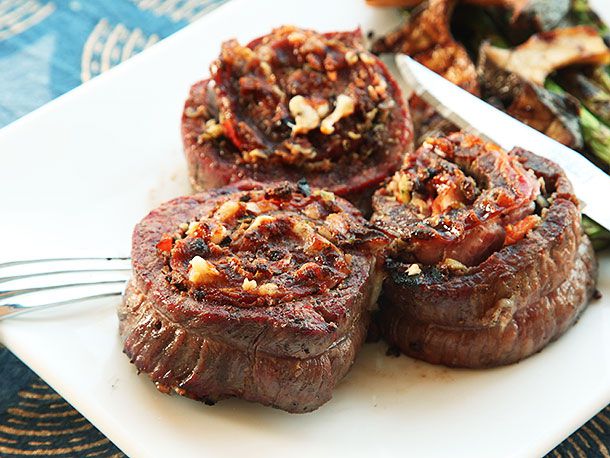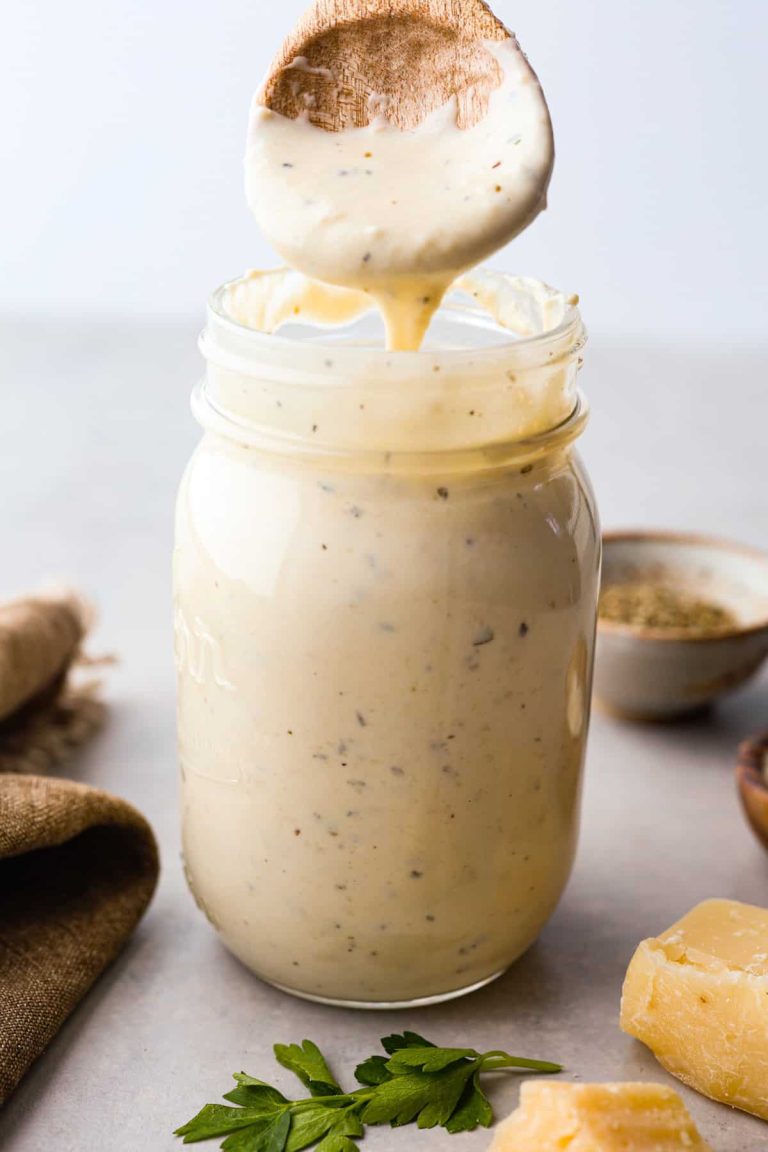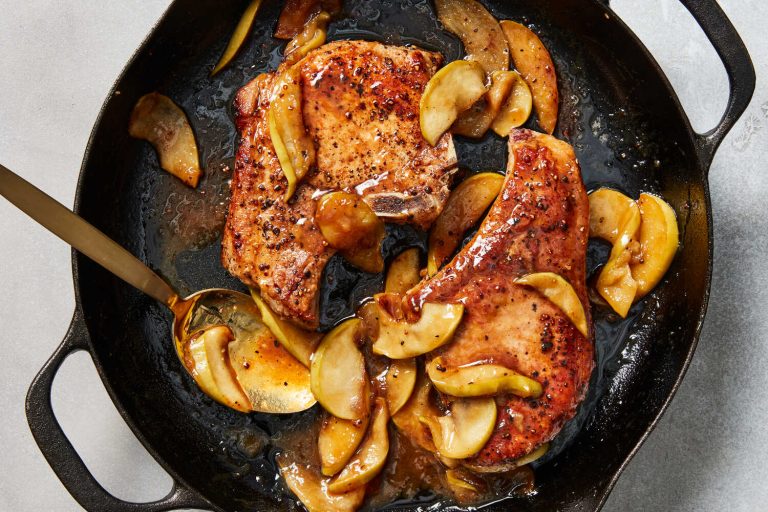Pasta Alla Gricia: Authentic Recipe, Wine Pairings, and Perfect Sides for a Roman Feast
Pasta Alla Gricia originated in the Lazio region of Italy, home to Rome. This area, known for its pastoral landscapes, plays a key role in the dish’s rustic character. Shepherds in the region relied on simple, non-perishable ingredients on their travels, which laid the foundation for this recipe. Today, local towns like Amatrice and regions surrounding Rome continue to celebrate the tradition by preparing Pasta Alla Gricia in authentic ways.
Historical Influences and Evolution
Pasta Alla Gricia predates other celebrated Roman dishes like Carbonara and Amatriciana. It evolved during a time when tomatoes hadn’t yet made their way into Italian cuisine. The dish saw its first iteration with a few basic ingredients, reflecting the simplicity required by shepherds of Lazio. Over centuries, these basic roots developed into a beloved staple, embodying the essential flavors of Roman gastronomy.
Dishes like Pasta Alla Gricia highlight the significance of quality ingredients and straightforward cooking techniques. For example, the guanciale offers a rich umami flavor, while Pecorino Romano brings a sharp, salty edge. The balance of these elements has maintained the dish’s popularity through the ages.
Key Ingredients in Pasta Alla Gricia
Understanding Guanciale
Guanciale, a cured meat from pork jowl or cheeks, is crucial for Pasta Alla Gricia. Its rich, fatty content melts as it cooks, creating a silky sauce. Guanciale imparts a deep, savory flavor unmatched by other meats. Authenticity demands using guanciale instead of pancetta or bacon, even though they are more common. The high-fat content of guanciale ensures the dish remains moist, making it vital for traditional recipes.
The Role of Pecorino Cheese
Pecorino Romano, a hard, salty cheese from sheep’s milk, is the only cheese that should be used with Pasta Alla Gricia. Its sharp, tangy profile balances the dish’s richness. As it melts, Pecorino Romano forms a creamy coating over the pasta. Its intense flavor is key to maintaining the dish’s simplicity while enhancing overall taste. This cheese adds a necessary depth and a historic touch, making it irreplaceable in traditional preparations.
Importance of Black Pepper
Black pepper, freshly ground, adds a necessary kick to Pasta Alla Gricia. It complements the saltiness of Pecorino Romano and the umami of guanciale. The pepper’s floral and spicy notes elevate the dish without overpowering it. Consistent pepper use in basic Roman dishes highlights its role in enhancing flavors with minimal ingredients. Freshly ground pepper ensures maximum aroma and impact, making it a staple in any authentic Pasta Alla Gricia recipe.
Cooking Techniques for Perfect Pasta Alla Gricia
Preparing the Guanciale
Slice guanciale into thin strips to maximize surface area and ensure even cooking. Render the guanciale in a cold pan, heating it over medium heat. This process releases fat and produces crispy, golden-brown pieces. Stir occasionally to avoid burning, and transfer the guanciale to a separate plate once it’s crisp. Reserve the fat in the pan; it’s crucial for flavoring the pasta.
Cooking Pasta to Al Dente
Boil pasta in heavily salted water for the precise cooking time indicated on the package. Test the pasta a minute before the recommended time to ensure it’s al dente. Properly cooked pasta retains a firm texture, offering a slight resistance when bitten. Drain the pasta, reserving some of the cooking water, which helps in emulsifying the sauce.
Combining Ingredients
Add cooked pasta to the reserved guanciale fat in the pan, keeping the heat on medium-low. Stir the pasta to coat it evenly with the fat. Sprinkle freshly grated Pecorino Romano over the pasta, and gradually add the reserved pasta water while stirring continuously. This technique creates a creamy sauce that clings to each strand. Finish with a generous amount of freshly ground black pepper to complete the dish.
Pairing Suggestions for Pasta Alla Gricia
Wine Pairings
Select wines that enhance the robust flavors of Pasta Alla Gricia. Opt for red wines for a traditional experience, such as Chianti Classico, known for its balanced acidity and firm tannins. This wine balances the richness of guanciale and Pecorino Romano. If you prefer white wine, choose a Verdicchio. Its crispness and subtle apple notes complement the saltiness and peppery taste of the dish. For sparkling wine enthusiasts, Prosecco offers a bright contrast to the creamy texture.
Complementary Side Dishes
Pair side dishes that balance the savory notes of Pasta Alla Gricia. Roasted vegetables like zucchini or bell peppers bring a sweet, earthy flavor that complements the salty guanciale. A simple arugula salad with lemon vinaigrette adds a refreshing, tangy contrast. For heartier options, try a side of sautéed spinach with garlic or bruschetta topped with fresh tomatoes and basil. These dishes enhance the dining experience without overpowering the pasta.
Conclusion
Pasta Alla Gricia stands as a testament to the rich culinary traditions of Rome, offering a simple yet deeply flavorful experience. By using high-quality ingredients and mastering traditional cooking techniques, you can create a dish that’s both authentic and satisfying. Pair it with a well-chosen wine and thoughtful side dishes to elevate your meal even further. Whether you’re a seasoned chef or a home cook, embracing the essence of Pasta Alla Gricia will undoubtedly add a touch of Roman elegance to your dining table.






